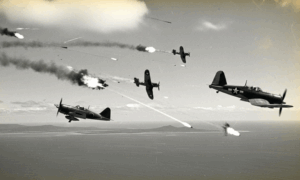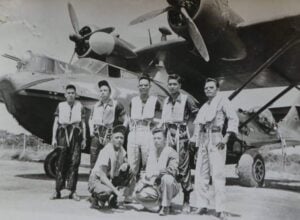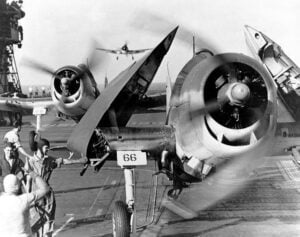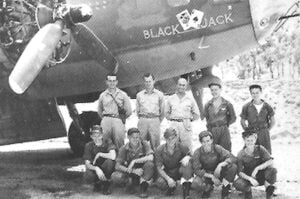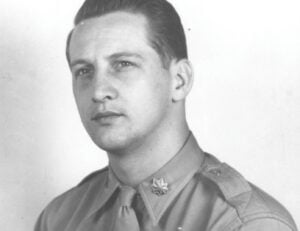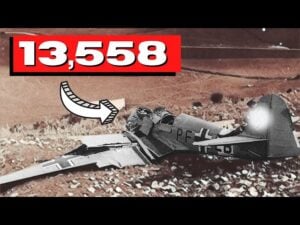The Story of How One Civilian’s “Insane” Idea Made America’s P-38s Nearly Untouchable
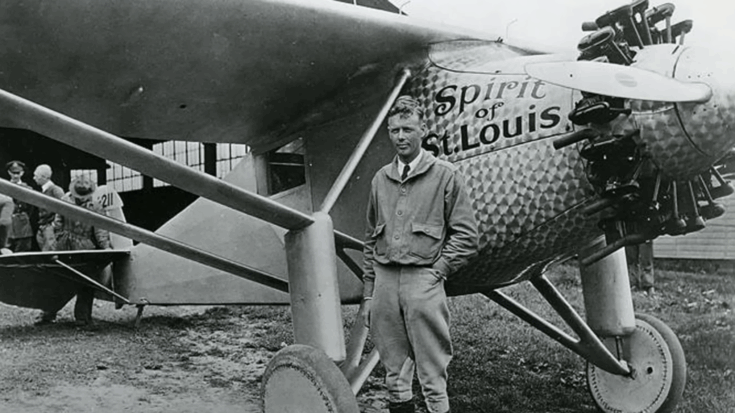
The War Files / YouTube
The Arrival of a Legend
On June 26, 1944, at Hollandia Air Base in Dutch New Guinea, the afternoon heat shimmered above the airfield. Inside a small recreation hall, Lieutenant Colonel Charles MacDonald, commander of the 475th Fighter Group, looked up from a checker game when a familiar name stepped through the screen door—Charles Lindbergh. Once hailed as America’s greatest aviator, Lindbergh had not worn a military uniform since his public break with the Roosevelt administration years earlier. Now, thousands of miles from home, he asked permission to discuss the P-38 Lightning’s combat performance.
Neither man realized that this unexpected visit would reshape the air war in the Pacific. Over the next six weeks, Lindbergh, a civilian, would teach fighter pilots how to fly farther, save fuel, and extend their reach deep into enemy territory. His “radical” methods would turn the P-38 into one of the most effective long-range fighters of the war.
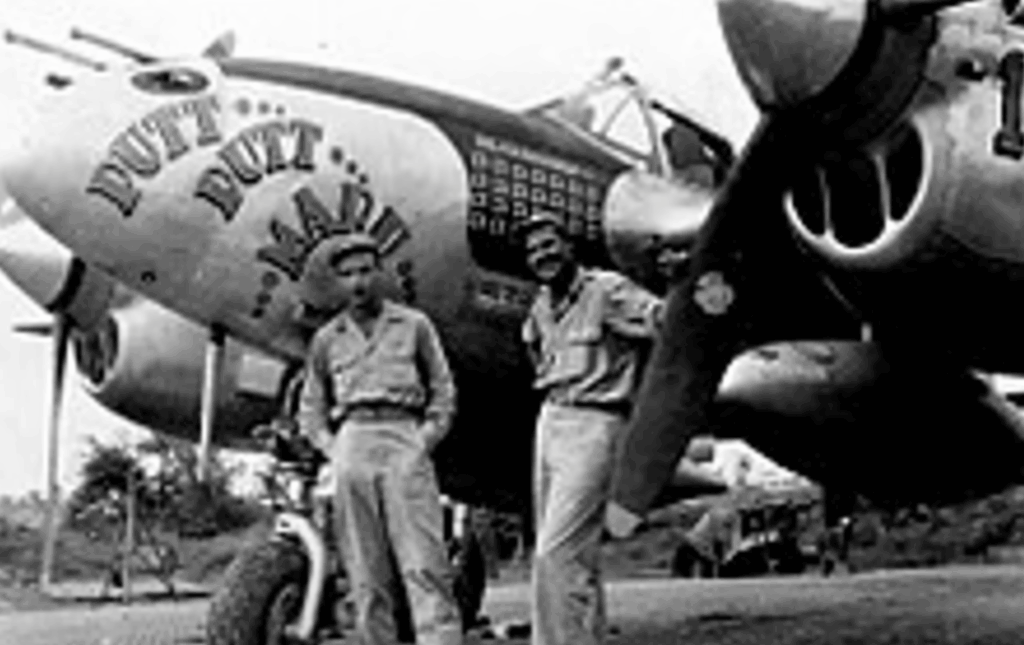
The Man Who Knew Efficiency
Lindbergh’s mastery of fuel management began long before the Pacific. In May 1927, he had flown solo across the Atlantic in The Spirit of St. Louis, managing every drop of his 450 gallons of fuel with precision. His success made him a global icon, but it was his attention to detail—his ability to calculate and conserve—that defined him. During the 1930s, he mapped air routes for Pan American Airways and refined techniques to stretch fuel efficiency to its limits.
By the early 1940s, Lindbergh’s fame had faded into controversy. His public opposition to America’s entry into the war turned him into a political outcast. Denied a military role, he became a civilian consultant for major aircraft companies, including United Aircraft and Chance Vought. There, he tested engines, studied performance, and developed ways to improve combat efficiency—but his desire to contribute in the field never left him.
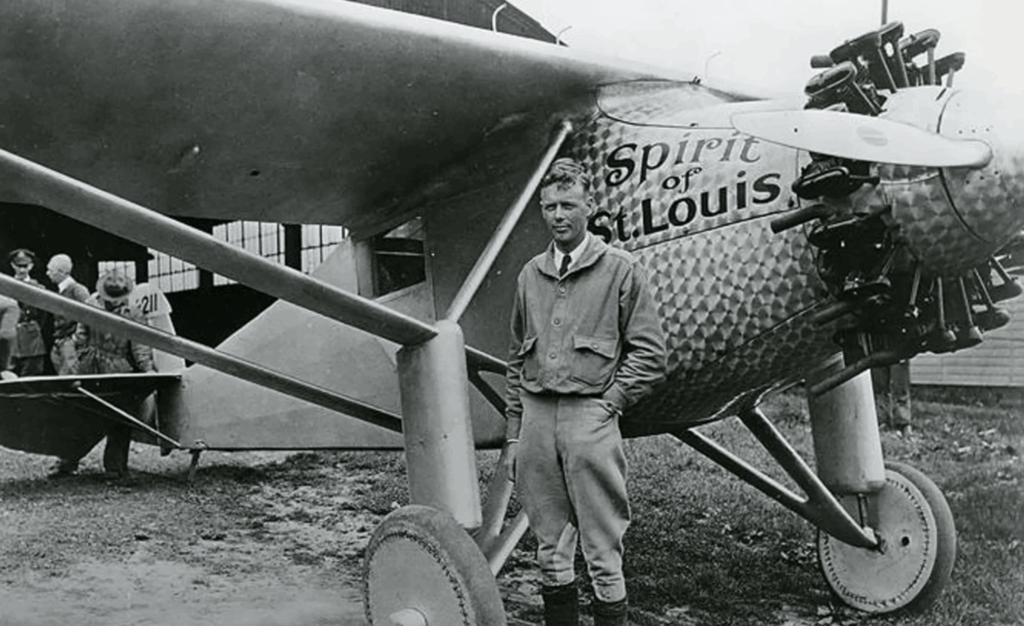
From Consultant to Combat Flyer
By 1944, Lindbergh found his chance. Officially, he was sent to the Pacific as a technical representative to observe and advise pilots. Unofficially, he sought redemption. Wearing a plain naval uniform without rank, he arrived quietly and joined missions with Marine and Army Air Force units. On his first combat flight, he impressed the Marines with his skill and calm under fire. Soon, word spread of his precision and his knack for solving complex problems.
He taught pilots of the F4U Corsair how to carry heavier bomb loads safely, reducing accidents and improving mission results. Yet his greatest focus was on the P-38 Lightning and the men of the 475th Fighter Group—known as “Satan’s Angels.” They were among the best in the Pacific, and Lindbergh wanted to help them fly farther than anyone thought possible.
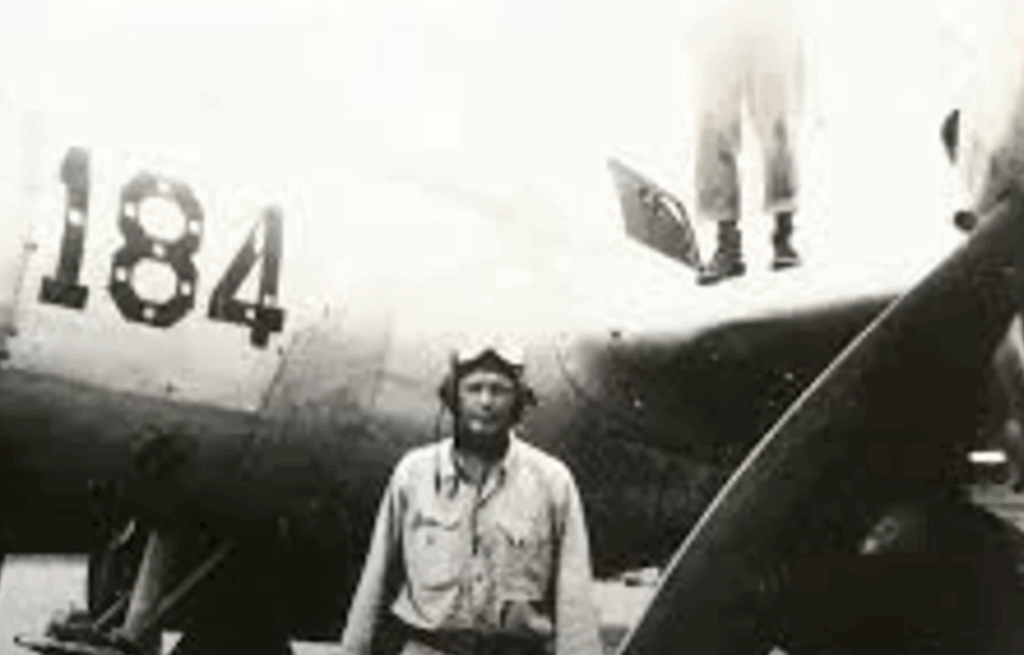
The “Insane” Technique That Worked
Pilots noticed something strange after missions with Lindbergh: he always returned with much more fuel than anyone else. When Lieutenant Colonel MacDonald gathered the group to find out why, Lindbergh explained his method. Standard procedure called for flying at 2,200 RPM with a rich fuel mixture—safe but inefficient. Lindbergh told them to do the opposite: lower the RPM to 1,600, lean the mixture, and raise the manifold pressure to 30 inches.
The idea sounded reckless. Every instructor had warned that such “over-square” operation—higher pressure than RPM—would destroy engines. But Lindbergh proved otherwise. His P-38s ran smoothly, and his fuel lasted up to an hour longer. Pilots tried it cautiously, then fully adopted it after seeing the results. The P-38’s range jumped from about 570 miles to over 750. Suddenly, missions once impossible became routine.
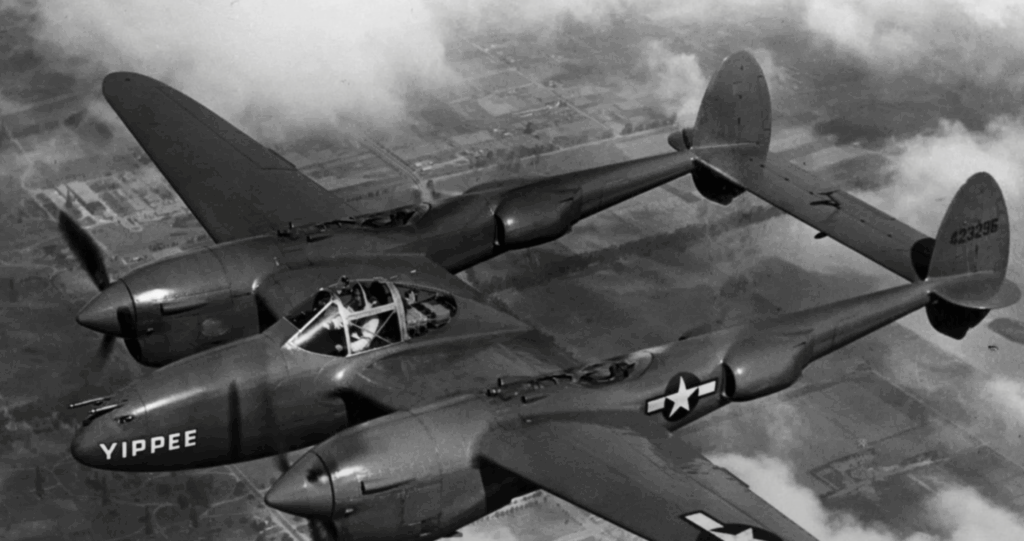
Changing the War in the Skies
Lindbergh didn’t just lecture—he flew alongside the pilots, demonstrating his method in combat. On July 28, 1944, he downed a Japanese aircraft in a head-on duel, though it was never officially credited because of his civilian status. A few days later, a near-fatal encounter convinced commanders to send him home.
By the time he left the Pacific in August, Lindbergh had flown around fifty combat missions and transformed how fighter operations were conducted. His techniques allowed American planes to escort bombers farther, strike deeper, and return safely. What began as one man’s “crazy” idea became official practice throughout the Pacific. The P-38 Lightning’s endurance and power became unmatched, and every pilot who flew one carried a piece of Lindbergh’s quiet genius with him—proof that sometimes, innovation begins with breaking the rules.













